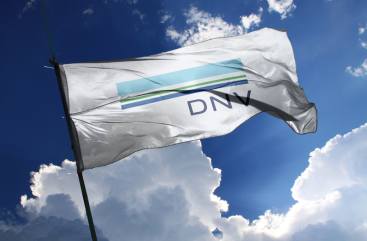
DNV, the independent energy expert and assurance provider, has supported Grenergy Renovables (Grenergy) in securing financial close for the first phase of the world’s largest battery storage project. Located in northern Chile, Oasis de Atacama is projected to power over 145 000 homes annually and reduce CO2 emissions by more than 146 000 tons.
The project, which should be fully operational in 2026, is divided into five phases. When completed, its storage capacity will be around 4.1 GWh. The first two phases, for which financing has just been closed, totalling 1.24 GWh of batteries is dedicated to storing surpluses from Grenergy’s photovoltaic plants.
The project aligns with Chile’s goals to achieve carbon neutrality by 2050 and ‘become a regional leader in solar technology’. By 2035, the country plans to be exporting solar solutions, including storage systems, and develop a resilient energy sector to integrate renewable sources and reduce emissions. To manage this Chile needs additional energy storage solutions.
DNV’s 2023 ‘Energy Transition Outlook’ projects that renewables will grow more than one percentage point annually from 2024, reaching a 52% non-fossil share by 2050, up from 20% today. Solar alone is expected to comprise 17% of the global energy mix by 2050. As renewables dominate, power system efficiency is predicted to increase from 44% in 2022 to 70% by 2050. Huge projects like Oasis de Atacama will be significant in contributing not only to the energy transition at the local and regional levels, but to the global shift towards renewable energy.
DNV has produced an initiative, the publicly available Battery Scorecard, which provides insights into the readiness, degradation, useful life, and safety of batteries for energy storage.






